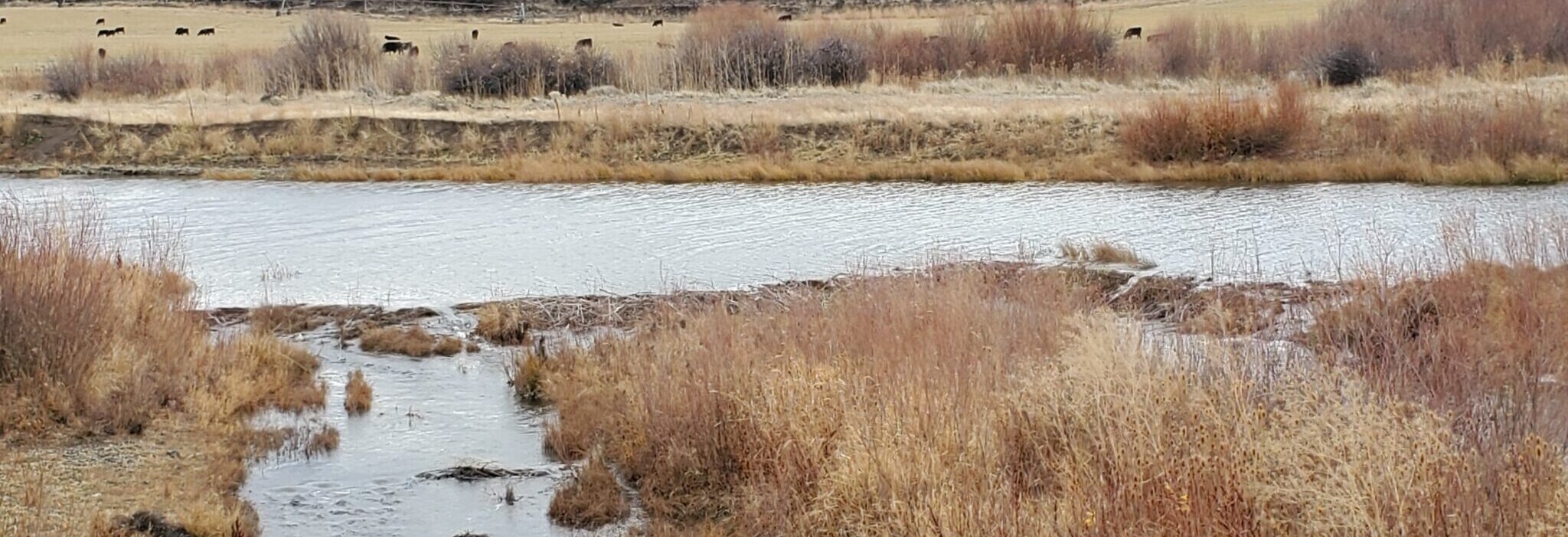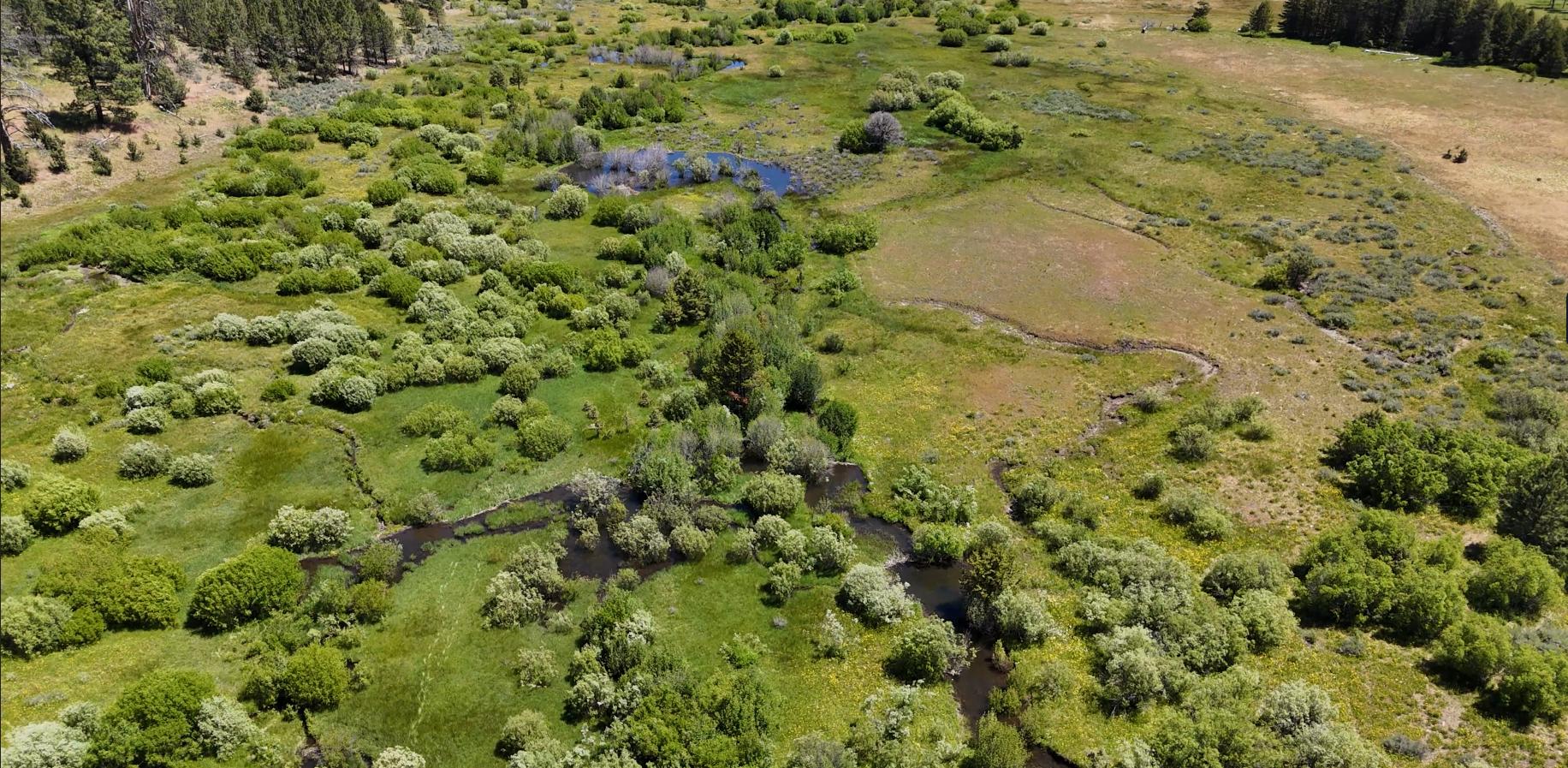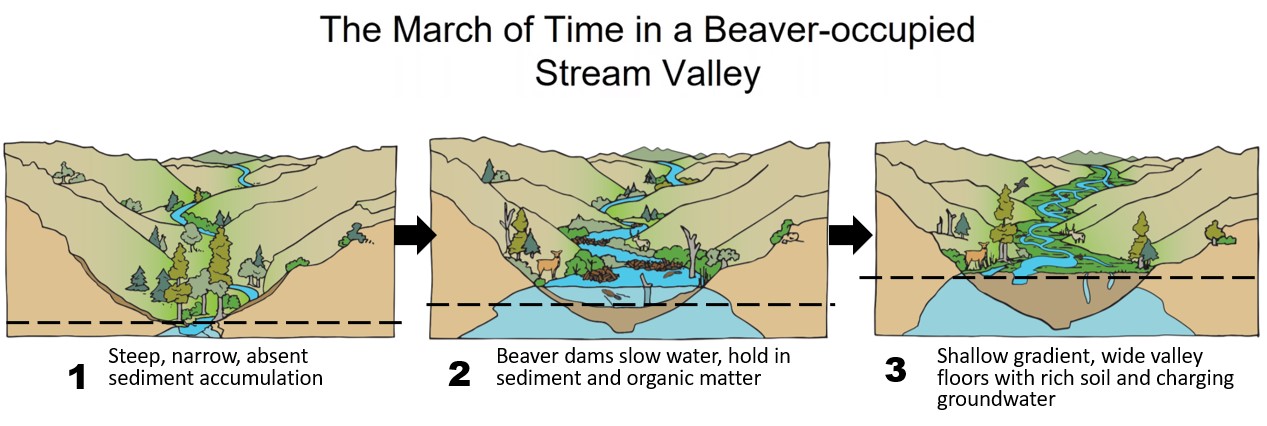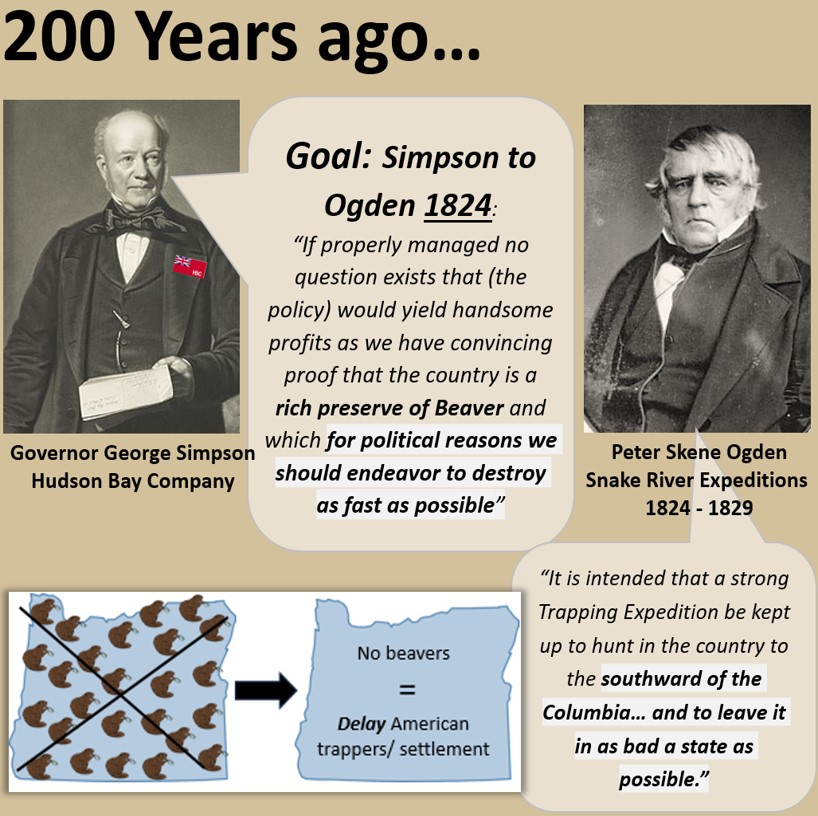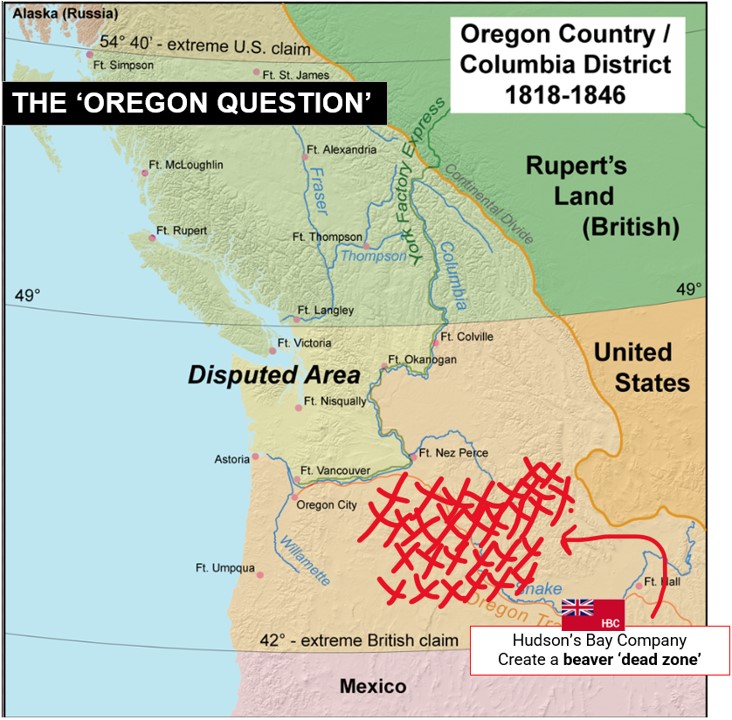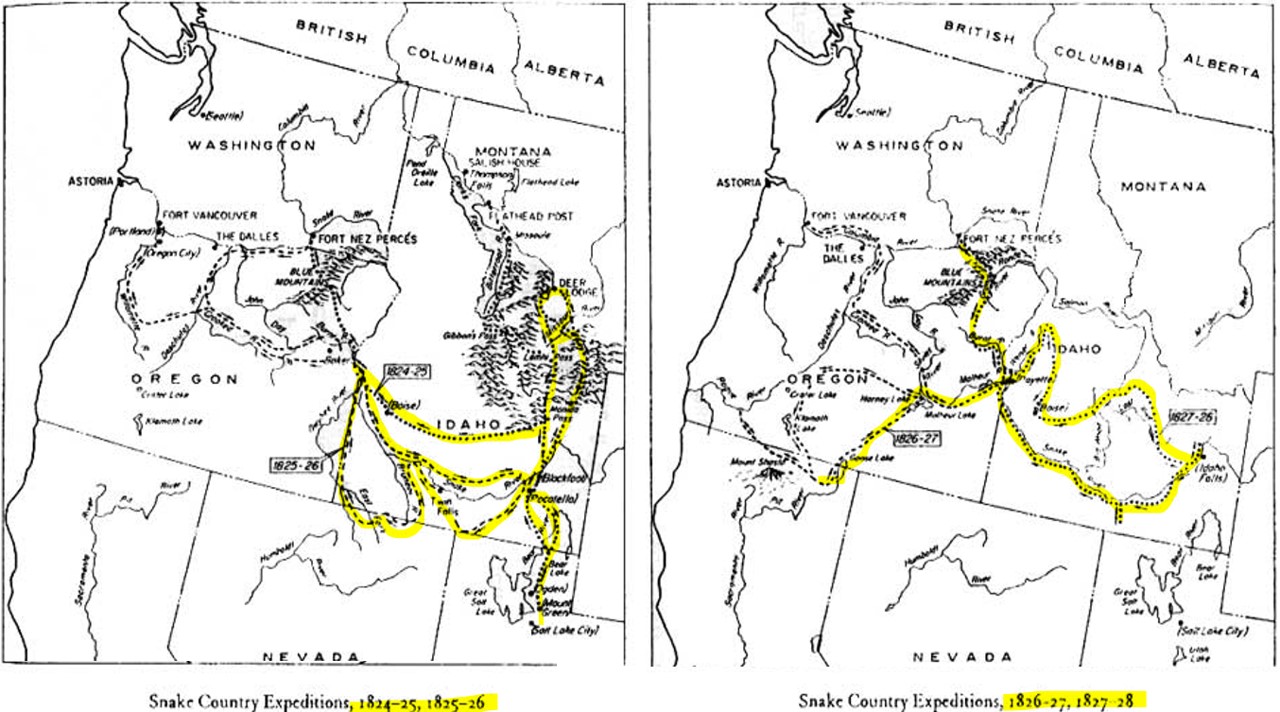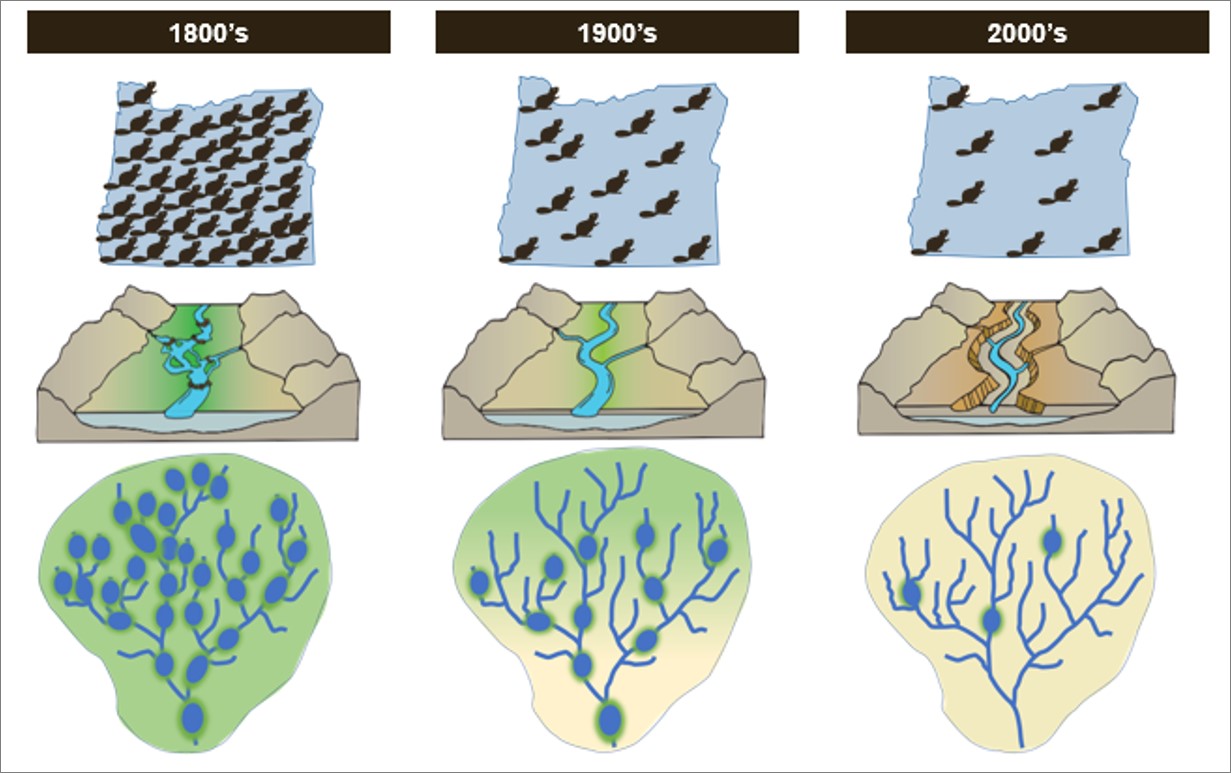Did You Know?
2024 marks the 200th year anniversary start of the “fur desert” policy by the Hudson's Bay Company.
200 years ago British fur-trapping expeditions waged all-out war on beavers in the country's race to claim “Oregon Country” for its own by destroying the prized natural resource (beaver pelts) as a way to slow reason for American expansion and settlement into the Northwest.
By creating a beaver dead zone in eastern Oregon, the Brits believed this would slow American expeditions and eventual settlement.
This matters because thousands of years of beaver activities helped shape the expansive, rich and productive meadowscapes that nourish Oregon’s agricultural abundance today.
Learn more about Hudson's Bay Company's "Fur Desert Policy" and its Ecological Impacts on Oregon
"Ruining" the Rivers in the Snake Country
The Hudson’s Bay Company’s Fur Desert Policy (1823 - 1841) by Jennifer Ott, Oregon Historical Society, 2003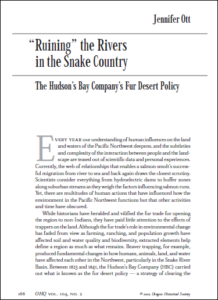
"While historians have heralded and vilified the fur trade for opening the region to non-Indians, they have paid little attention to the effects of trappers on the land. Although the fur trade’s role in environmental change has faded from view as farming, ranching, and population growth have affected soil and water quality and biodiversity, extracted elements help define a region as much as what remains. "
Read More...
The "Unraveling" of Eastern Oregon landscapes
Euro-American Beaver Trapping and Its Long- Term Impact on Drainage Network Form and Function, Water Abundance, Delivery, and System Stability
2018, U.S. Forest Service, Suzanne Fouty
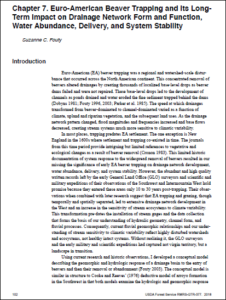 "Euro-American (EA) beaver trapping was a regional and watershed-scale disturbance that occurred across the North American continent. This concentrated removal of beavers altered drainages by creating thousands of localized base-level drops as beaver dams failed and were not repaired. These base-level drops led to the development of channels as ponds drained and water eroded the fine sediment trapped behind the dams. The speed at which drainages transformed from beaver-dominated to channel-dominated varied as a function of climate, upland and riparian vegetation, and the subsequent land uses. As the drainage network pattern changed, flood magnitudes and frequencies increased and base flows decreased, creating stream systems much more sensitive to climatic variability."
"Euro-American (EA) beaver trapping was a regional and watershed-scale disturbance that occurred across the North American continent. This concentrated removal of beavers altered drainages by creating thousands of localized base-level drops as beaver dams failed and were not repaired. These base-level drops led to the development of channels as ponds drained and water eroded the fine sediment trapped behind the dams. The speed at which drainages transformed from beaver-dominated to channel-dominated varied as a function of climate, upland and riparian vegetation, and the subsequent land uses. As the drainage network pattern changed, flood magnitudes and frequencies increased and base flows decreased, creating stream systems much more sensitive to climatic variability."
